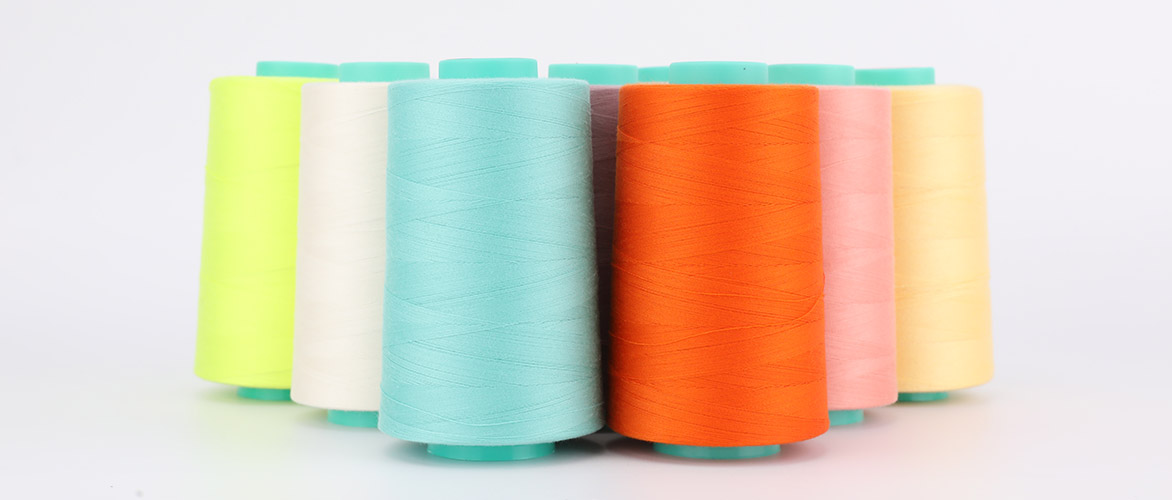
Manufacturing process: Staple spun polyester is made by spinning together short staple fibers, which are about 1 to 5 inches in length. These fibers are carded and combed to align them in a parallel arrangement before being twisted into yarn. Other types of polyester yarn, such as filament yarn, are made by extruding long continuous filaments of polyester.
Texture and appearance: Staple spun polyester yarn has a textured or fuzzy appearance due to the use of short fibers. It can have a more natural and cotton-like feel compared to filament yarn, which tends to be smoother and sleeker.
Strength and durability: Staple spun polyester yarn is generally less strong and durable than filament polyester yarn. The spinning process introduces more points of weakness in the yarn due to the presence of multiple fiber ends. Filament polyester, on the other hand, has a continuous and unbroken structure, making it stronger and more resistant to breakage.
Applications: Staple spun polyester is commonly used in applications where a textured or soft feel is desired, such as in apparel fabrics, home textiles, and upholstery. It is often used in products like shirts, dresses, bed sheets, curtains, and cushion covers. Filament polyester, with its smooth and strong characteristics, is more suitable for applications like high-performance sportswear, outdoor fabrics, industrial textiles, and technical textiles.
Cost: Staple spun polyester yarn is generally less expensive to produce compared to filament polyester yarn. The spinning process used to make staple spun yarn is simpler and requires less sophisticated machinery.
It's worth noting that there are different variations and blends of polyester yarn available in the market, each with its own unique properties and characteristics. The choice of polyester yarn depends on the specific requirements of the end product and the desired aesthetics and performance.

 English
English Chinese
Chinese Japan
Japan


